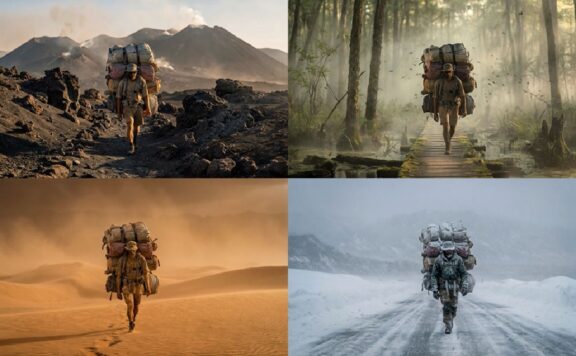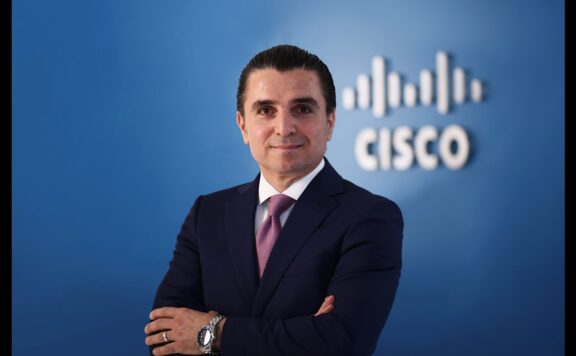Chimigi, Iran’s first online research panel, has released a selection of highlights from its syndicated study, Iran Web 2.0. It is the third in a series of online studies designed to create greater transparency for both foreign and local companies on the attitudes and behaviours of Iranians consumers and professionals.
The sample included 2,300 respondents who currently live in Iran and was fielded between October 23rd and 28th 2012. The full data set of the study, including 7 core demographic variables, is available upon request.
When asked which social media sites they regularly use, 58% of respondents indicated that they are Facebook users, followed by Google+ (37%), a local Iranian social network called Cloob (14%), Twitter (12%), and Linkedin (12%).
Nearly one-third of respondents said that they are on social media sites at least one hour per day.
In terms of the content they consume and circulate at least twice a week, 23% said, “They post photos, followed by 20% that post music/video clips. 22% of respondents also maintain a personal blog and 45% read and contribute to online forums or discussion boards.”
“Iranians are amongst the highest consumers and producers of online content in the region,” said Amir-Esmaeil Bozorgzadeh, the Managing Partner of Conovi, the parent company behind the online research panel. “They are keen to participate and keep apace with everything digital,” he added.
A significant percentage of the Iranians who participated in the survey also expressed negative effects in the quality of their relationships as a result to the increasing influence of technology.
One-third said, “Technology like social media has reduced communication between family members because each one is increasingly busy online. When asked how they prefer to stay in touch with friends, 65% indicated text messages as the channel of choice, followed by online chat (43%), instant messenger (38%) and social media networks (36%).”
The demographics of the audience consisted of a highly educated audience, 66% of which possess a bachelors degree or higher (15% hold a masters degree). 22% are 18-24 years of age, 48% between 25-34, and 26% between 35-54. The majority of respondents are male (79%), 47% are reportedly single, and 49% are married. 52% lived in households with 3-4 people, while 36% lived with 1-2 people.




